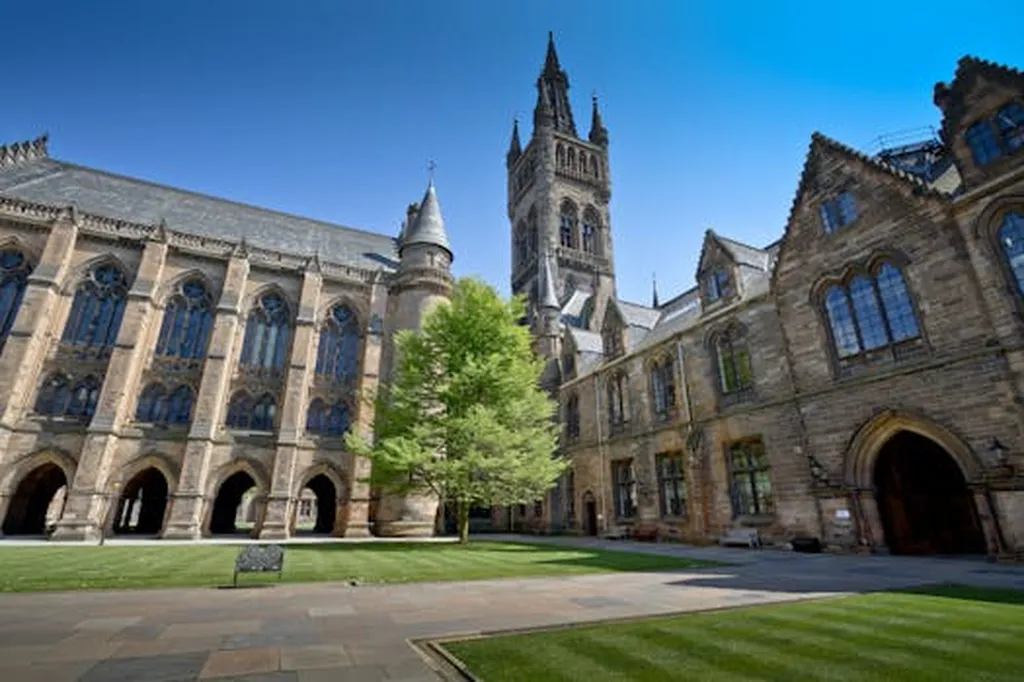In the heart of Italy, where history and architecture intertwine, a groundbreaking study is reshaping how we approach the preservation of cultural heritage in seismic-prone areas. Led by Dr. Laura Ferrari from the University of Parma, this research delves into the seismic vulnerability of historical masonry churches in the Province of Parma, offering insights that could influence future conservation strategies and risk management in the energy sector.
The study, published in the International Archives of the Photogrammetry, Remote Sensing and Spatial Information Sciences (translated to English as “International Archives of Photogrammetry, Remote Sensing and Spatial Information Sciences”), integrates Geographic Information Systems (GIS) with archival investigations to assess the effectiveness of seismic strengthening measures implemented after the 1983 earthquake. This multidisciplinary approach combines digital tools and historical knowledge to create a comprehensive database of construction typologies, damage reports, and intervention strategies.
“Churches are among the most seismically vulnerable structures due to their complex construction, undocumented modifications, and sometimes ineffective past interventions,” explains Dr. Ferrari. The research highlights the critical role of past interventions in influencing current structural behavior, sometimes with unintended consequences. By analyzing the relationship between masonry characteristics, reinforcement techniques, and seismic performance, the study aims to inform prioritization and planning frameworks that enhance the resilience of cultural heritage against future seismic events.
The implications of this research extend beyond the preservation of historical buildings. In the energy sector, understanding the seismic vulnerability of structures can inform the design and maintenance of critical infrastructure, such as power plants and transmission lines. By adopting a data-driven approach, energy companies can better assess risks and implement strategies to mitigate potential damages, ensuring the reliability and safety of their operations.
Dr. Ferrari’s work underscores the value of a multidisciplinary, data-driven approach to risk-informed conservation strategies. As the energy sector continues to evolve, the insights gained from this research can shape future developments in the field, promoting a more resilient and sustainable built environment.
In a world where climate change and natural disasters are becoming increasingly prevalent, the need for innovative solutions to protect our cultural heritage and critical infrastructure has never been greater. Dr. Ferrari’s research offers a compelling example of how science and technology can be harnessed to address these challenges, paving the way for a more secure and resilient future.

